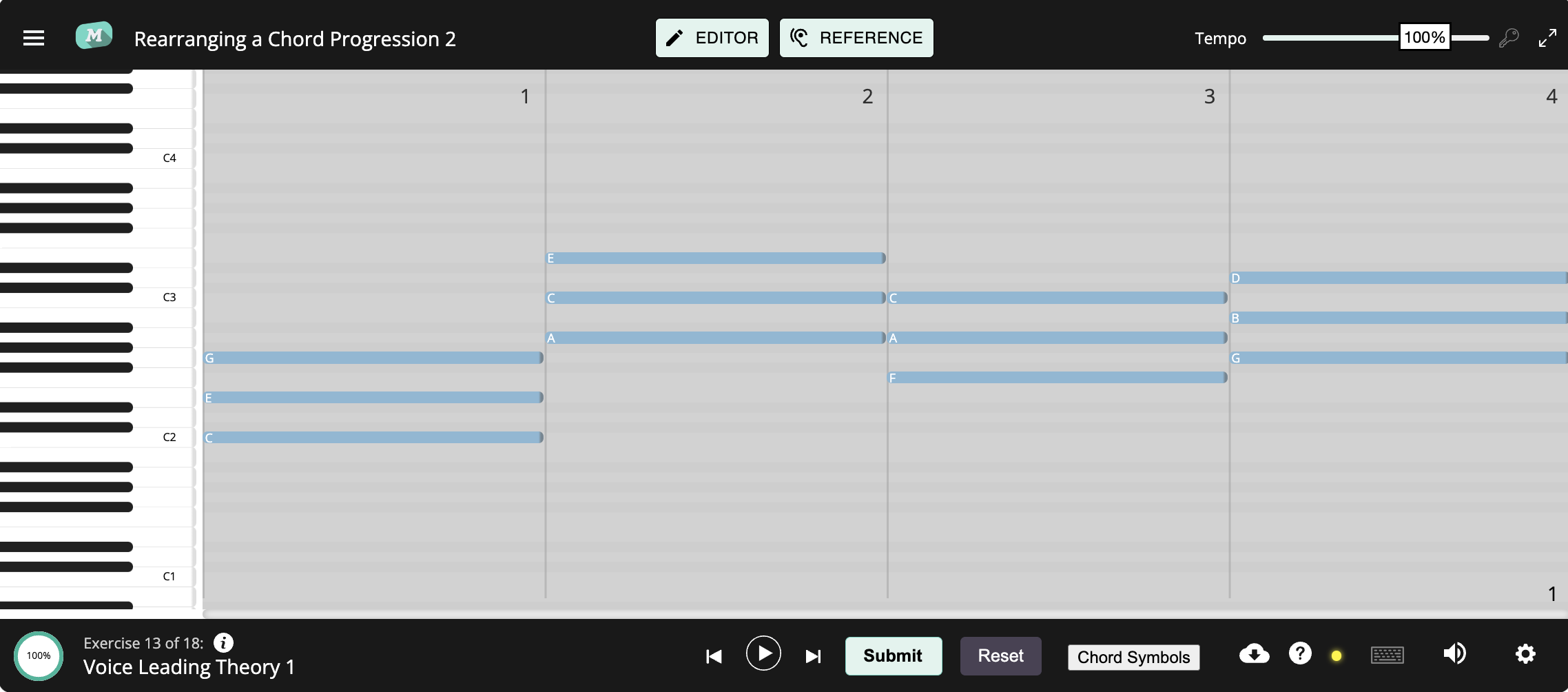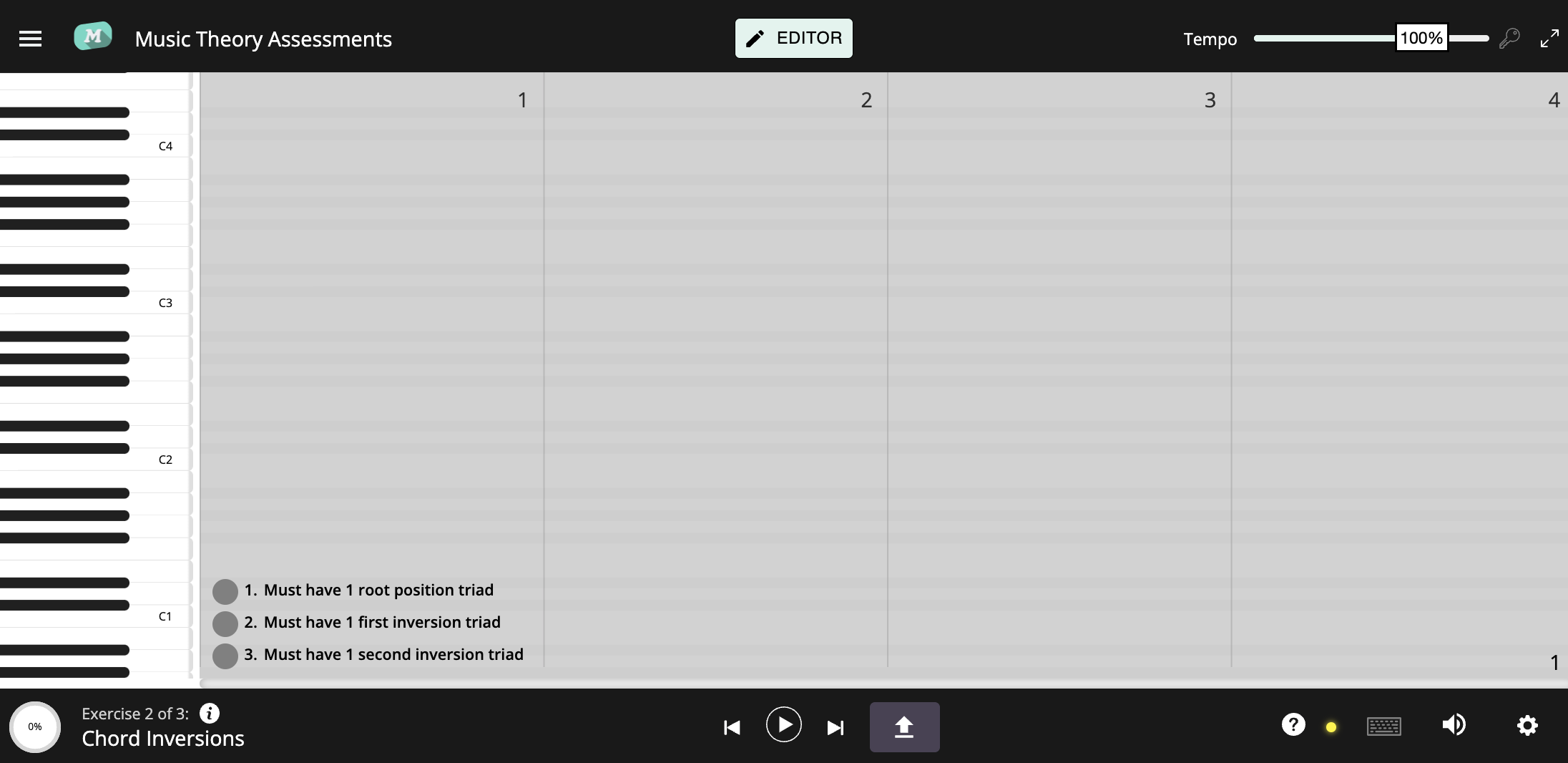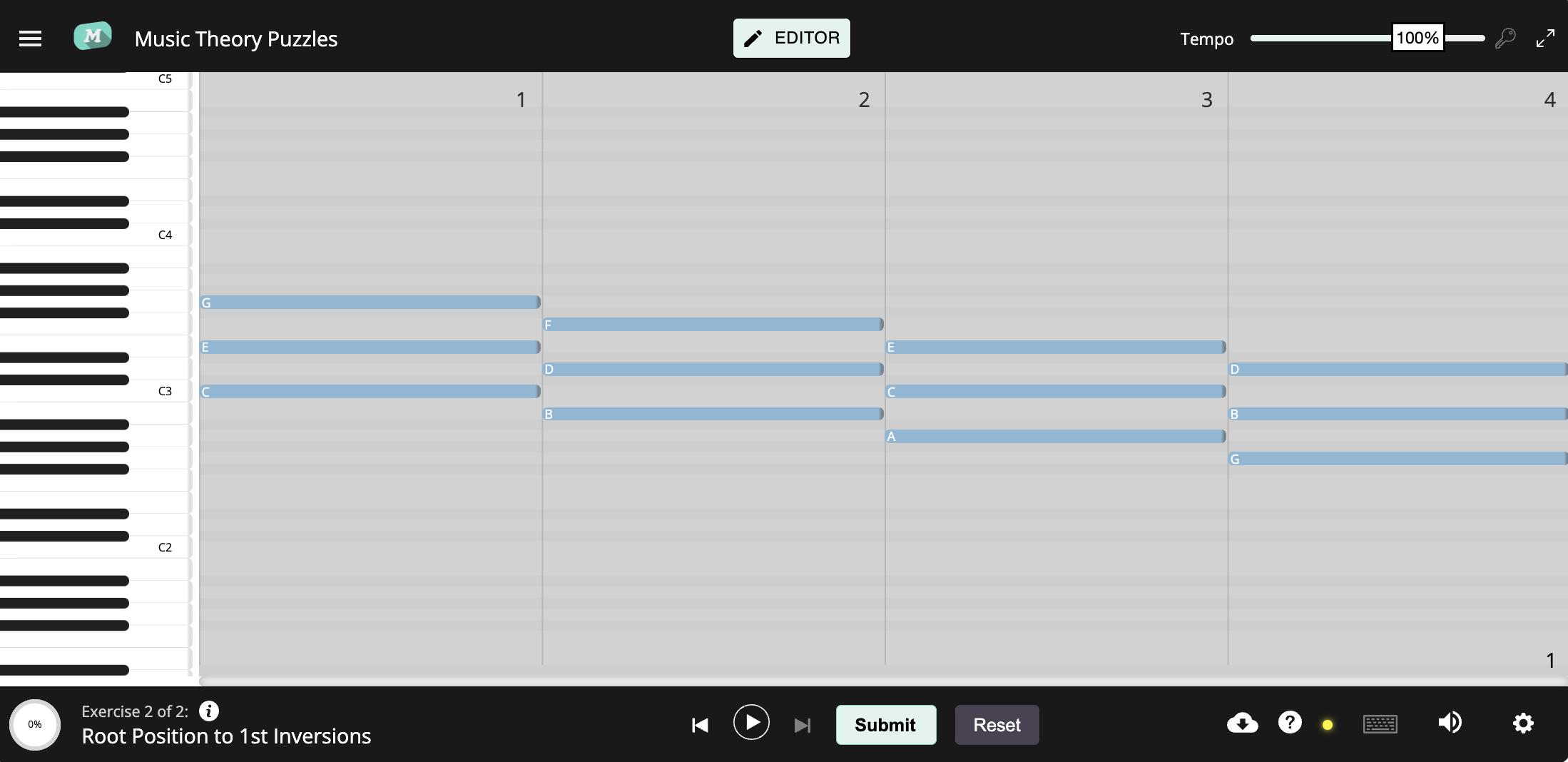Teaching Music Theory
 Updated
by Jack Keough
Updated
by Jack Keough
A MIDI-Based Approach to Music Theory
So much of today's music creation takes place on a computer, and an overwhelming amount of that is done so using a DAW. The MIDI editor is one of the most used tools in a DAW because of its ability to create, edit and transform notes. Furthermore, it provides music creators with access to an abundance of virtual instruments at their finger tips. Still, understanding basic music theory concepts provides a huge advantage in this digital landscape. Having the ability to effectively harmonize a melody, or write a melody that adheres to a challenging set of changes can make a big difference in the value you bring to a project. However, music theory is still typically taught using notation, and there is a lack of music theory tools using a MIDI editor. Today's music is composed using a MIDI editor, so students not only need to be proficient in using one, but familiar with how their knowledge of theory and composition applies to it. We believe that theory should be learned with the same interface that students use to create music. Middy's suite of educational tools aims to address just that by modeling our interfaces after popular DAWs like Ableton Live and Logic Pro.

In this example, students are prompted to invert the given chord progress to create smoother voice leading.
MIDI-Based Tools for Teaching Theory
Our Music theory solutions are designed to facilitate an understanding of fundamental theory concepts displayed in a familiar and practical MIDI editor. Theres a lot of tools on our site, but the following are the ones we recommend for teaching music theory.
Theory Assessment with Creative Freedom
In music there's almost always more than one way of looking at something, so it's important that students are given that freedom in their practice and assessments. Using our Theory Assessments tool, you can challenge your students' music theory knowledge by providing them with a set of tests to pass in this Ableton Live-modeled interface.
More than one way to theorize
This solution allows for multiple correct answers, providing your students with the flexibility to showcase their understanding in their own unique way.

In the example above, students are greeted with a blank canvas and 3 tests to pass. They must create a set of chords including 1 root position triad, 1 first inversion triad and 1 second inversion triad. The chords they create and in what order is up to them.
Take music theory assessments in many directions
- Roman Numerals: Have your students create a chord progression of their choosing given the key and a list of chords(Written as roman numerals) to include.
- Scales: Have your students build a scale or mode in a given key.
- Voiceleading: Have your students Create a chord progression that includes contrary motion and no intervals of a tritone.
Text based Tests: Theory Puzzles
Our Theory Puzzles allow you to provide your students with a set of notes to edit/ add to and a prompt to find a solution for.
Use-case for Theory Puzzles
This tool is great for assessing students in music theory when you have a specific answer you are trying to get them to create. This is perfect for exercises like creating a particular inversion or creating a scale starting on a particular note.

In the example above, students are given a progression of root position triads, and are prompted to make them first inversion triads.
Take music theory puzzles in many directions
- Using single notes as a starting point, you can ask students to create specific chords types above them.
- Prompt students to create a specific scale starting on a single given note.
- Provide students with a set of notes that they need to edit in order to solve the puzzle.
